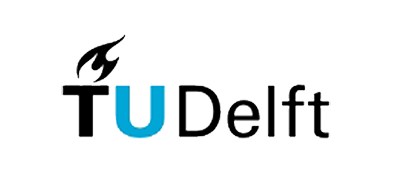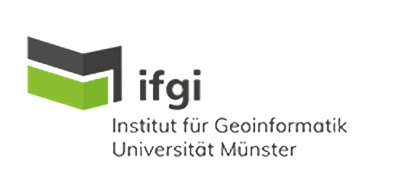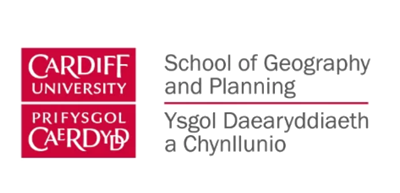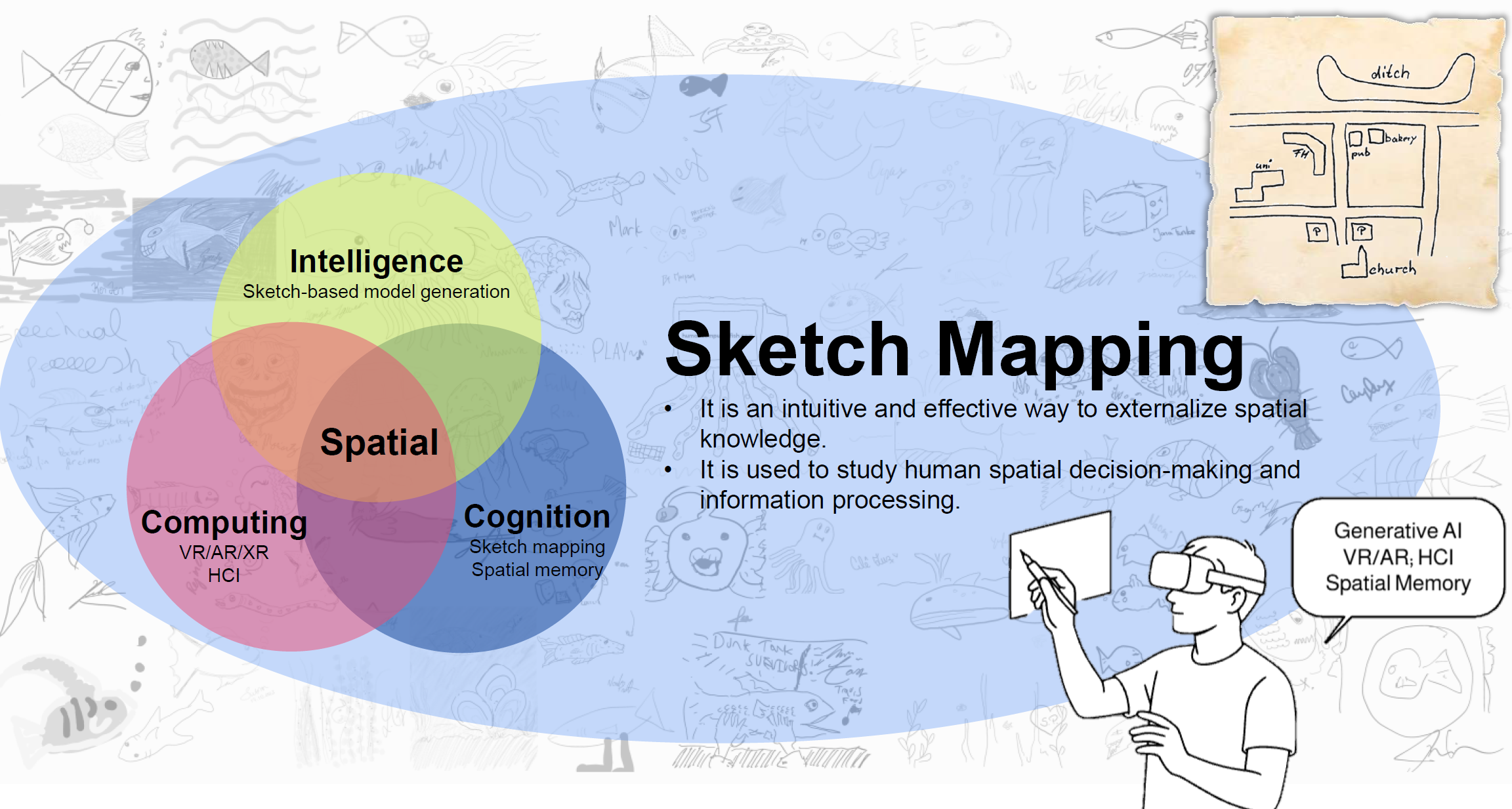Home
Tianyi Xiao 肖天意
About Me
I am a Ph.D. candidate at ETH Zürich’s geoGazeLab, with an interdisciplinary background in computer science and urban/architectural design. My research is situated at the intersection of Human-Computer Interaction (HCI), eXtended Reality (XR), 3D Sketch Mapping, and Spatial Iintelligence & Cognition. I work for the 3D Sketch Maps project, funded by the Swiss National Science Foundation (SNSF) within the Sinergia grant program, which investigates 3D sketch maps from theoretical, empirical, cognitive, and tool-related perspectives, with a particular focus on XR techniques. I am advised by Martin Raubal and Christian Holz.
During my Ph.D. studies, I developed global academic networks. I maintained close colleboration with Christoph Hölscher (Chair of Cognitive Science in ETH Zürich), as well as Phoebe O. Toups Dugas (Exertion Games Lab at Monash University). I visited University of Münster, Germany, collaborating with Angela Schwering in the Spatial Intelligence Lab (SIL) and Jakub Krukar in the Spatial and Architectural Cognition Lab (SPARC). I gained SNSF Mobility Grant, and conducted research visit at TU Delft, Netherlands, collaborating with Yan Feng in the Mobility in eXtended Reality (MXR) Lab. During my undergraduate studies, I received the Outstanding Undergraduate Program Scholarship from the China Scholarship Council, which supported my exchange at Cardiff University.
I also have entrepreneurial experience as co-founder of Weaving Cities Ltd. (2021–2024), a company focused on UI/UX design and VR/AR software solutions.






Research
I frame my Ph.D. research around three core themes: Spatial Intelligence, Spatial Computing, and Spatial Cognition.
Spatial Intelligence. I integrate freehand 3D sketching with generative AI models to transform sketches into 3D models, aiming to enhance individual recall ability.
Spatial Computing. I employ VR/AR/XR technologies together with user-centered design approaches from HCI to develop novel 3D sketch mapping tools.
Spatial Cognition. I study brain activity and spatial memory by analyzing EEG signals during 2D and 3D sketch mapping tasks. I also examined how XR-based 3D sketch mapping tools influence spatial memory.
I achieved my research keywords through 3D sketch mapping. Sketch mapping is a widely used data-gathering and research method in spatial cognition, psychology, and geographic information science (GIS). It has been extensively employed to study how people perceive and represent the spatial configuration of environments. However, a key limitation of traditional sketch mapping lies in its interface constraints—typically involving pen-and-paper or digital tablets—which require encoding 3D information on 2D surfaces.
To overcome this limitation, recent advancements in extended reality (XR) technologies offer new opportunities to externalize their spatial knowledge directly in immersive virtual environments by drawing 3D sketches. These advances have given rise to the concept of 3D sketch mapping, Explore new opportunities for 3D-critical research and practice. Building on this concept, I design novel XR interfaces that integrate freehand drawing with generative AI to support the externalization of spatial memory into expressive 3D sketch maps. These maps act as powerful artifacts for spatial knowledge communication, with applications across a wide range of domains, including search and rescue, forensic documentation, navigation in complex environments, interactive education, historical event reconstruction, and imaginative practices such as dream cartography.

